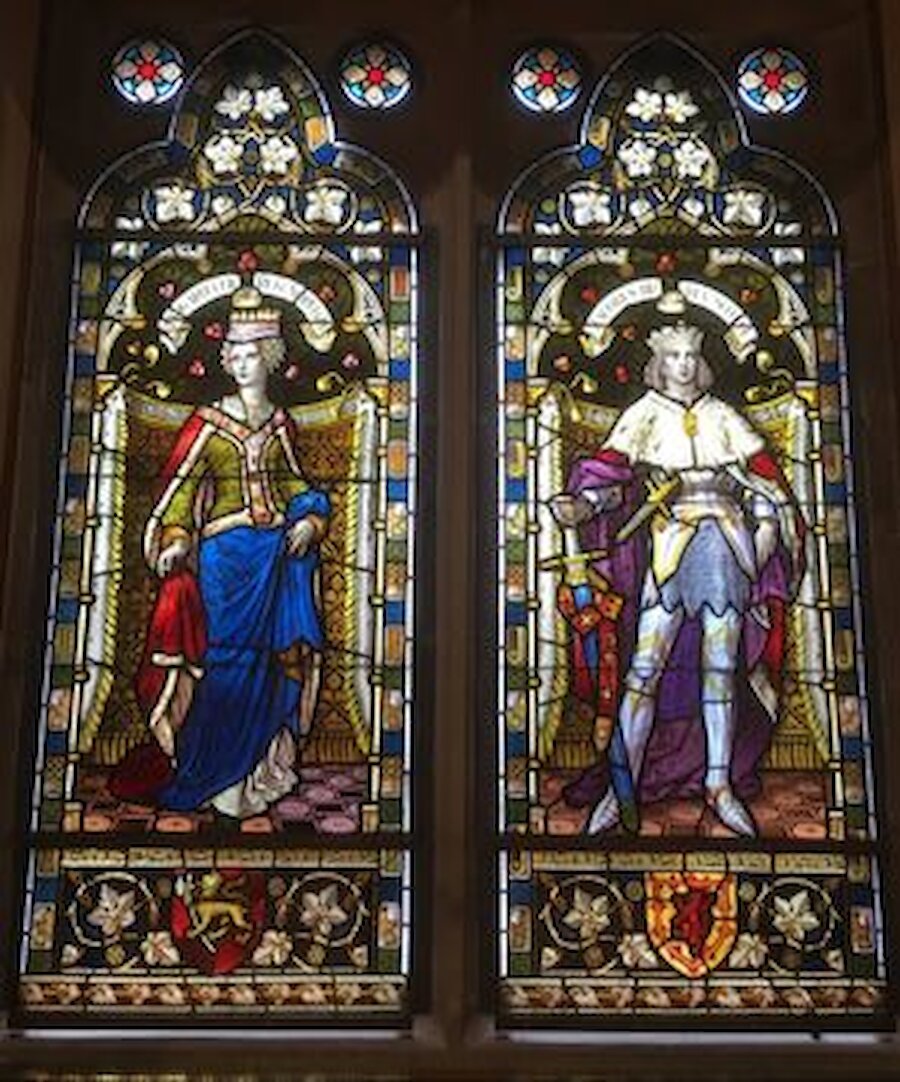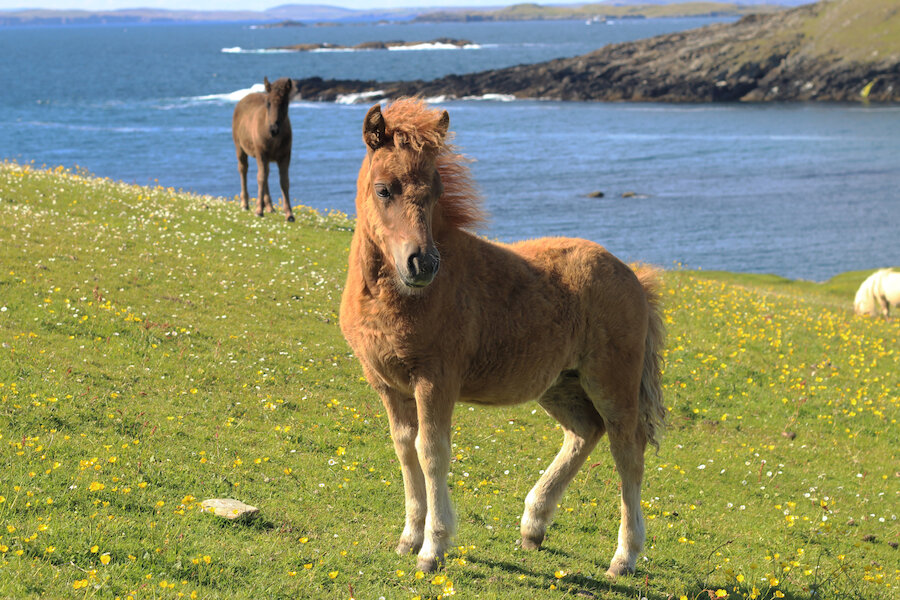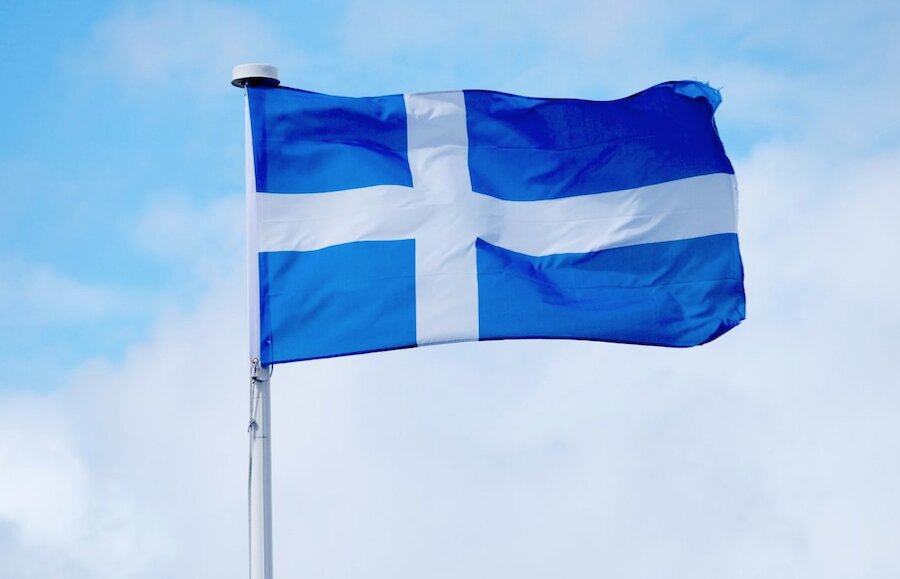The differences between Shetland and the rest of Scotland can be quite striking. Many visitors arrive here expecting the full Scottish treatment – haggis, kilts and bagpipes – and I find myself quickly explaining that much of the culture and tradition in Shetland stems from the close ties we had with Scandinavia and that, actually, we have only been part of Scotland for some 550 years.
The period of Norse administration came to an end in 1469, when King Christian I of Denmark sanctioned the marriage of his daughter, Princess Margaret, to King James III of Scotland. What was to happen next would prove to be one of the most important turning points in our islands’ history.
It was hoped that a union between Scotland and Denmark would reconcile differences that had almost set the two countries at war. Scotland was in arrears to the Norwegian Crown (presided over by the Danish King Christian) and paid back the ‘Annual of Norway’ for several years. The marriage condition was a debt write-off, 100,000 crowns for the wedding and the islands of Orkney and Shetland.
King Christian was keen to retain Orkney and Shetland. He abolished the arrears, pledging 60,000 Rheingulden (gold florins from the Rhineland, a popular currency in Northern Europe at this time) as a wedding dowry instead.
Unfortunately, King Christian couldn’t afford to pay the dowry, and with the wedding set for 1469, he instead pawned Orkney and Shetland. Slightly insulting, although understandable given Orkney’s farming credentials, the price set against each island was: Orkney 50,000 florins and Shetland, a mere 8,000 florins. Shetland was very much bolted on to the end of the deal, with Orkney as the more significant asset, when he failed to raise the cash any other way.
Christian planned on redeeming the islands at a later date, even imposing a tax on Denmark to raise the money, but this never happened, and Shetland and Orkney have remained part of Scotland ever since.
In recent years there have been some challenges to Scotland’s claims on Shetland. However, these have largely failed to gain enough political momentum, locally or nationally to provide Shetland with a change in governance.
Despite Shetland coming under Scottish administration in 1469, the final pieces of legislation were only settled in 1471. The islands continued to follow Norse Law and were connected to the Law Book of Magnus the Lawmender until 1611 when an act of parliament abolished its use and ordered the islands to follow Scottish law. An almost 150-year period followed where the islands were still very much entrenched in the old, familiar, Scandinavian way of doing things.




